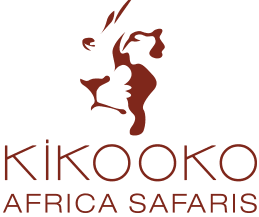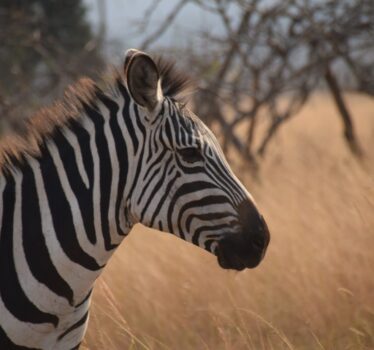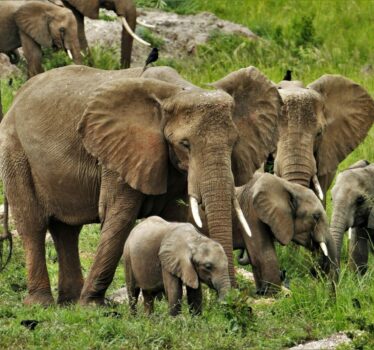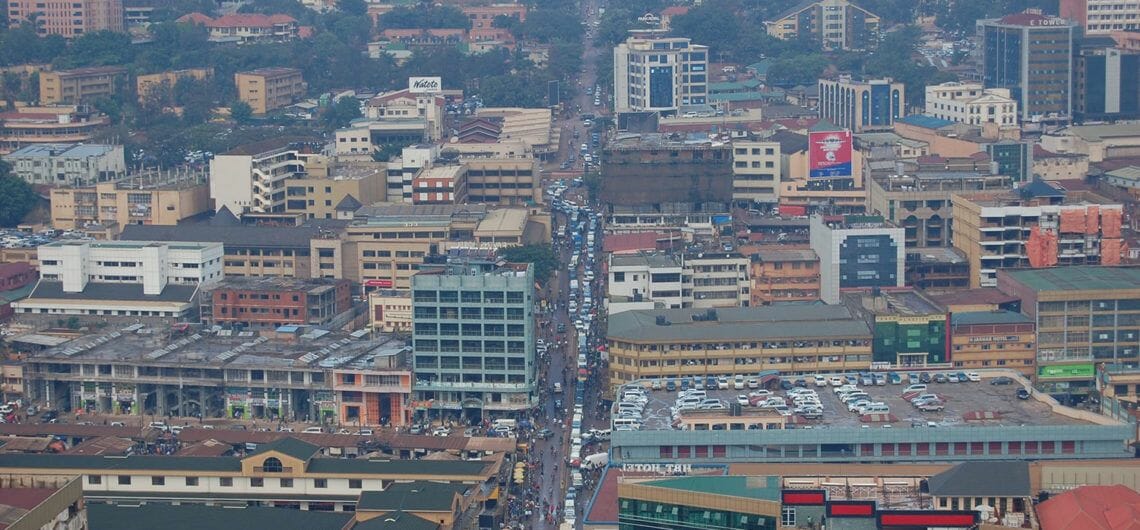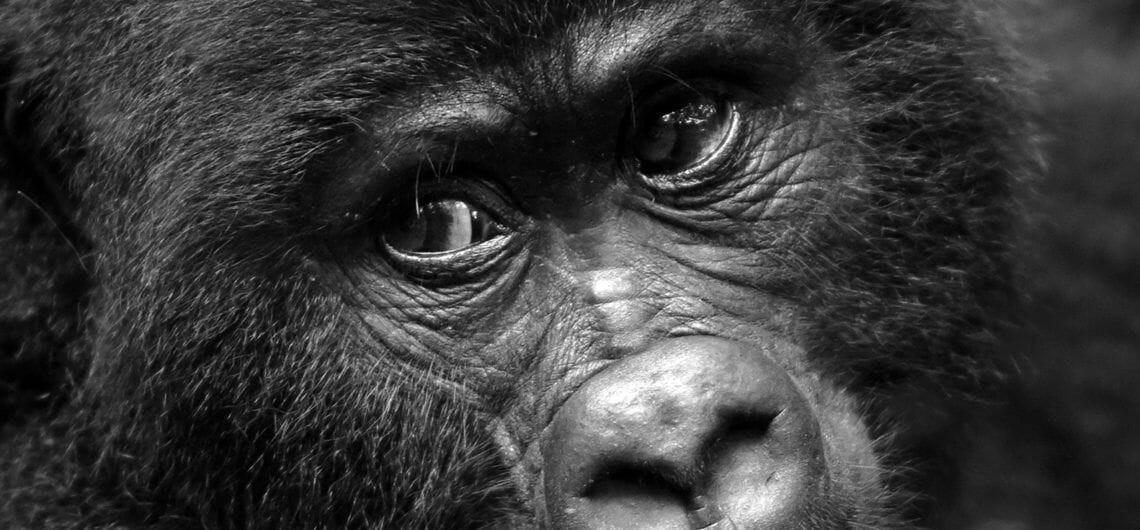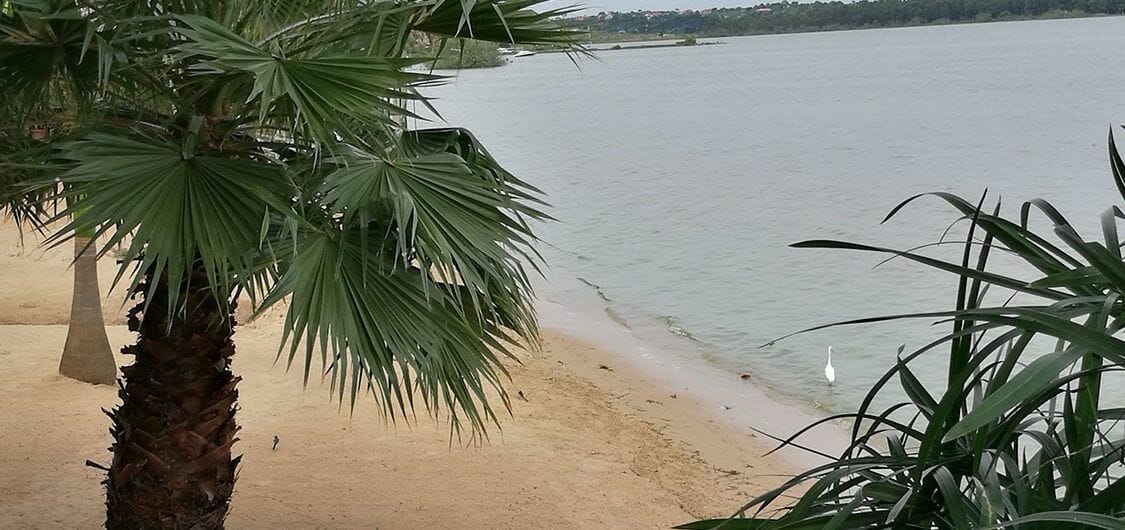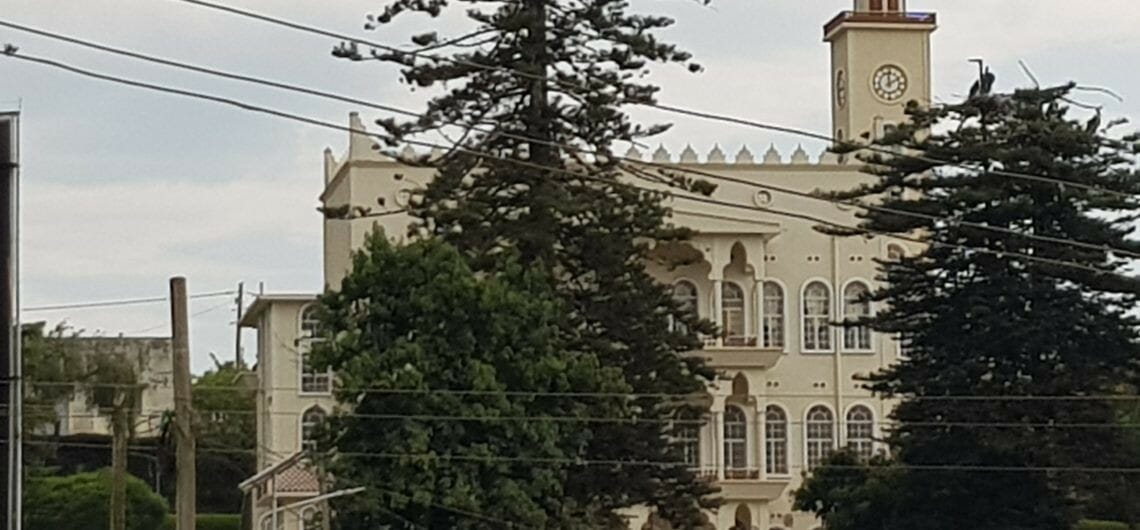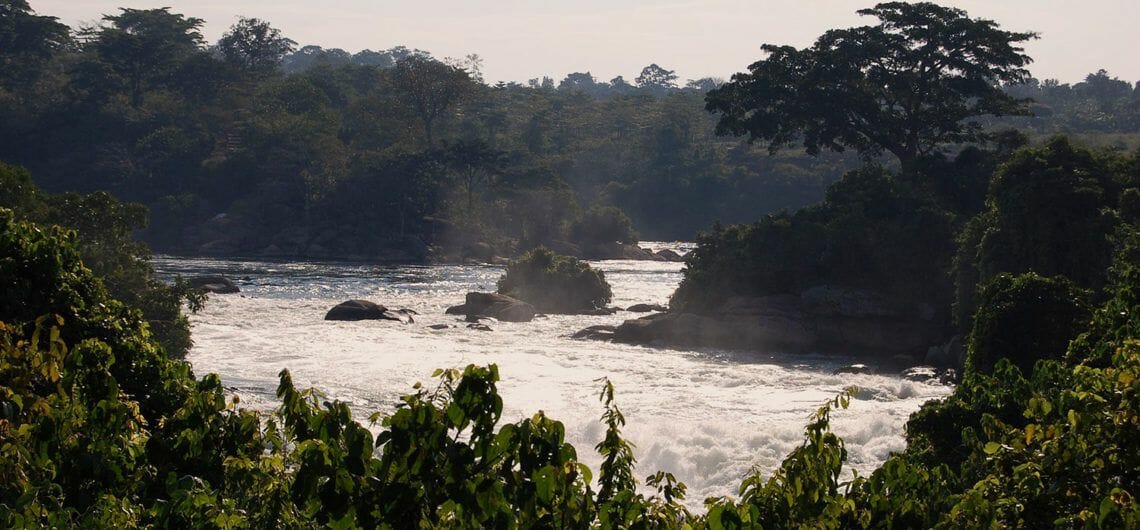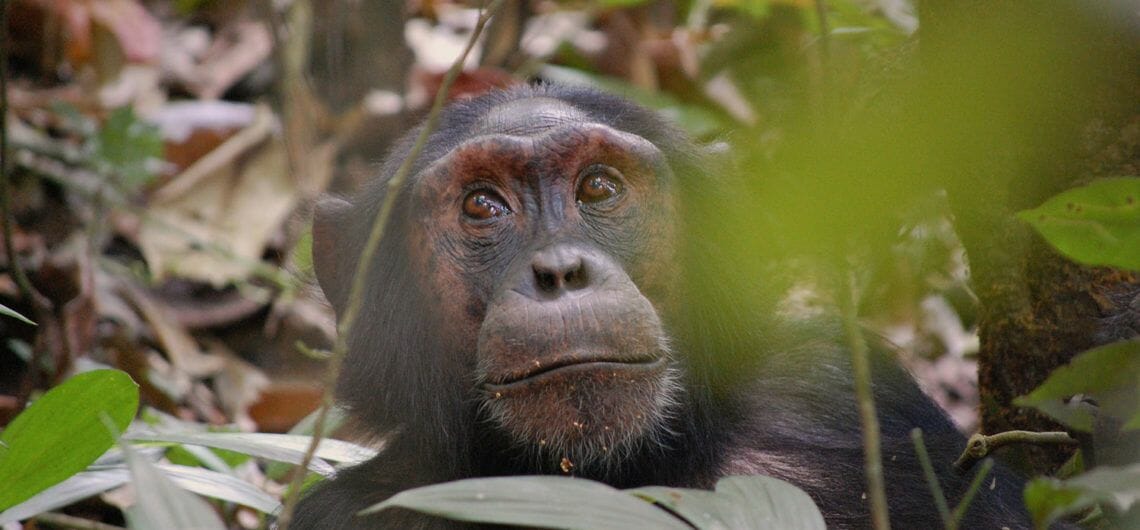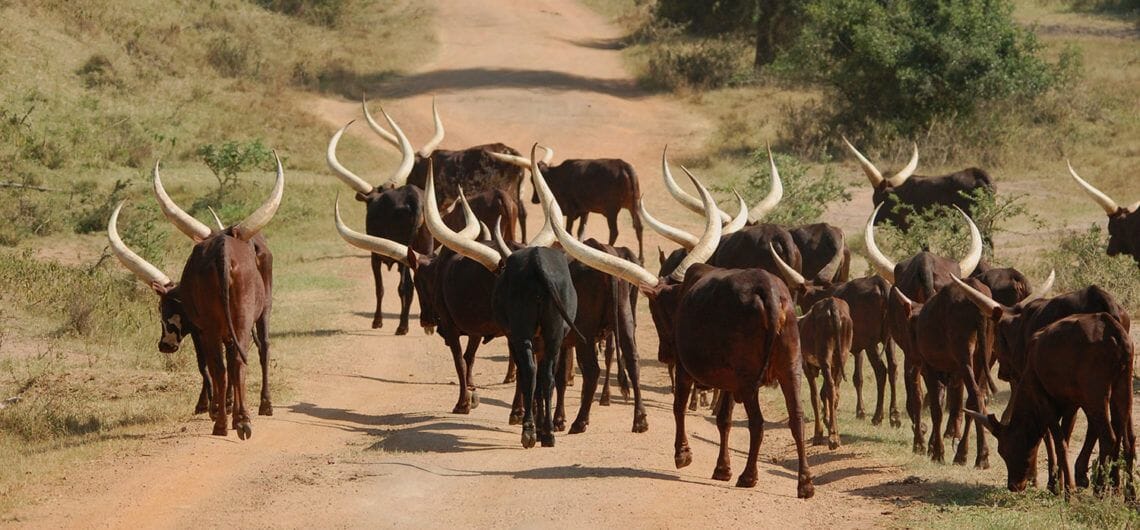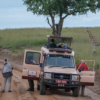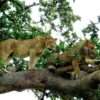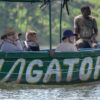Source of the Nile
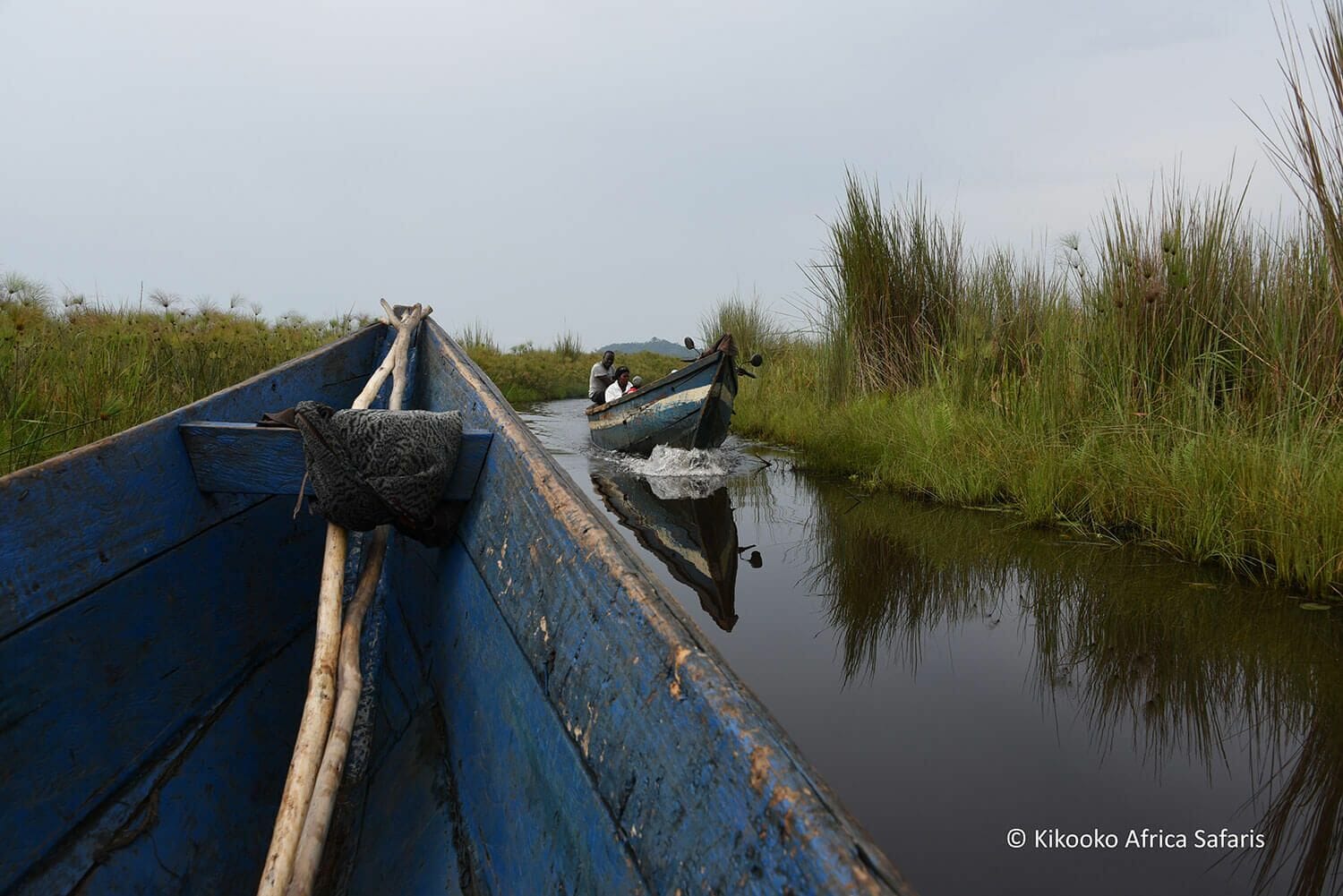
Source of the Nile
The dense forests of Bwindi Impenetrable National Park are located in southwestern Uganda, on the edge of the rift valley. The area is a typical tropical rain forest with an annual temperature range of 7–15°C minimum to 20–27°C maximum. Its annual rainfall ranges from 1,400 to 1,900 millimeters. The heaviest rains occur from March to April and from September to November. The forest plays a key role in regulating the outside area’s environment and climate.
Bwindi Impenetrable National Park was designated as a national park in 1991. In 1994 it was listed as a UNESCO world heritage site because of its ecological importance. The lush forest became known to the world because of gorilla tracking, providing a habitat for around half of the world’s remaining mountain gorilla population. These gentle primates are a highly endangered species and the forest is home to an estimated 400 of the 800 or so mountain gorillas in the entire world. They are highly endangered because of poaching, habitat loss and disease. This national park generates one of the highest revenues to Uganda Wildlife Authority among all the safari parks in Uganda. Gorilla tracking here requires a permit, the proceeds from which goes towards the further conservation of mountain gorillas. Try to look at the money you spend on permits from the perspective of helping these endangered mountain gorillas grow and multiply in numbers.
Species diversity:
The forest’s mist-covered hillsides are blanketed by one of Uganda’s oldest and most biologically diverse rainforests, which dates back over 25,000 years and contains almost 400 species of plants.
This biologically diverse region also provides shelter to a further 120 mammals, including several primate species such as baboons and chimpanzees, as well as elephants and antelopes. There are also around 350 species of birds hosted in this forest, including 23 Albertine Rift endemics. The park is a sanctuary for Colobus monkeys and chimpanzees and the endangered mountain gorillas. Several groups of gorilla have been habituated and can be tracked.
Size and accessibility:
Bwindi National Park covers an area of 331 square kilometres and is located in the highest parts of Kigezi highlands, with an altitude of 1,190 to 2,607 meters above sea level. 60% of this magical park has an elevation of over 2,000 meters above sea level. Bwindi currently has six sectors, namely Buhoma, Nkuringo, Ruhija, Rushaga, Nyundo and Rubugiri.
By Car:
Bwindi can be reached from Queen Elizabeth National Park to the north (2-3 hours), from Kabale to the south (1-2 hours), or from Kampala via Mbarara (6-8 hours). The roads meet at Butogota, 17 km from the Buhoma entrance gate. A 4WD vehicle is necessary during the rainy season.
By Air:
Travellers can fly from Entebbe to the modern tarmac airstrip at Kisoro. Those going to track gorillas in the northern sector may use Kihihi airstrip.
Activities:
Gorilla tracking
Bird watching
Nature walk
